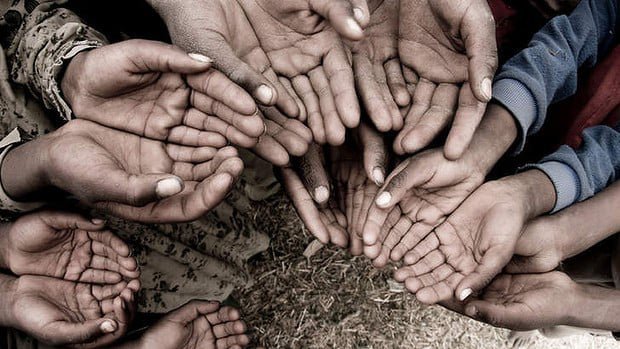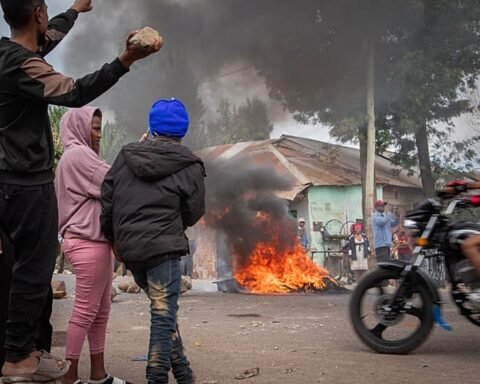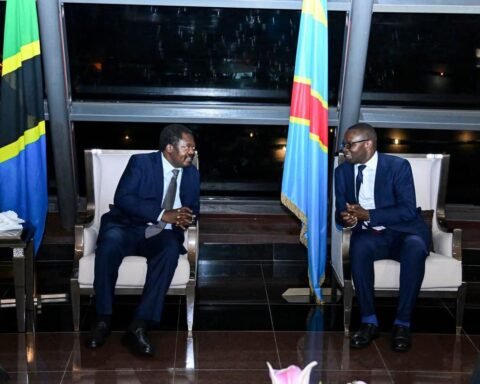The World Bank has officially revised the international poverty line, increasing it from $2.15 to $3.00 per person per day. The new figure—equivalent to approximately TSh7,834—is now the globally accepted threshold for extreme poverty.
The change was announced following the release of updated data from the International Comparison Program (ICP) in May 2024. The ICP is a worldwide initiative that compares the Purchasing Power Parity (PPP) of countries, ensuring more accurate global comparisons of what money can actually buy across borders.
The updated $3 poverty line takes into account rising prices for basic needs—such as food, clothing, housing, and transport—in developing economies like Tanzania, Uganda, and Bangladesh. These increases were observed in data collected across 2021, and analyzed under the global ICP framework.
“We want the global poverty line to reflect what it actually costs to survive,” said a World Bank spokesperson. “It’s not just a statistic—it defines how we shape policy, aid, and strategy in hundreds of countries.”
Historical Background of the Poverty Line
The concept of a global poverty line dates back to 1990, when the World Bank first introduced the “one-dollar-a-day” metric. Since then, it has been updated several times to account for inflation, cost of living, and exchange rates. Here’s how the benchmark has evolved:
| Year | Global Poverty Line (PPP) |
|---|---|
| 1990 | $1.00/day |
| 2008 | $1.90/day |
| 2017 | $2.15/day |
| 2025 | $3.00/day |
The 2025 update, according to World Bank reports, is part of a broader effort to realign global development targets with the UN Sustainable Development Goals, particularly Goal 1: ending poverty in all its forms.
The most dramatic impact of the revised benchmark will be felt in Sub-Saharan Africa, where up to 45.5% of the population may now be classified as living in extreme poverty, up from 37% under the previous line.
Also Read; BRICS Leaders Call for Fairer World Order
In regions like South Asia, millions more will also fall below the poverty line, particularly in rural parts of India, Pakistan, and Nepal.
In Tanzania, the implications are just as significant. With a large informal economy and many citizens living close to the edge of subsistence, the new classification could alter how the government targets social support, subsidies, and foreign aid.
Experts caution that income alone doesn’t tell the full story of poverty. This is why the World Bank and partners also track the Multidimensional Poverty Index (MPI), which considers access to essential services such as:
A household may have an income above the poverty line but still suffer from deprivation in these critical areas.
This recalibration may spur governments and donor agencies to rethink welfare policies, social protection programs, and international development assistance. In Tanzania, policymakers may need to expand outreach in both rural and urban areas, targeting vulnerable groups with data-backed interventions.
The new $3 poverty line will also guide how global institutions like the International Monetary Fund (IMF), UNDP, and African Development Bank (AfDB) allocate grants, loans, and technical assistance in coming years.







